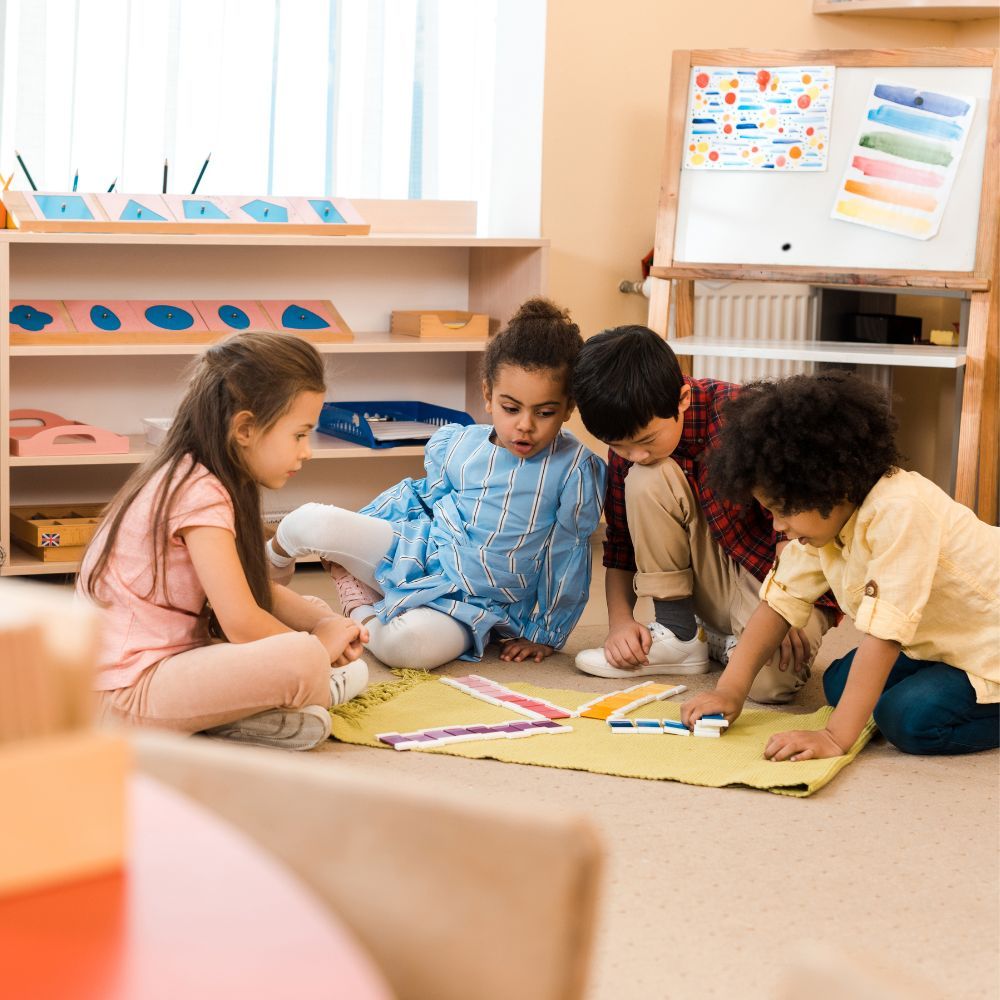
Barriers to Incorporating Play in Schools, and How to Overcome Them
Published
Friday, 11 April
Categories
Share
Play is a crucial part of childhood development, supporting physical health, cognitive growth, social skills and emotional well-being. Despite its many benefits, schools often find themselves struggling to integrate play effectively into the school day. By recognising the challenges they face and by coming up with innovative solutions, it is possible to ensure that play remains a vital and enriching part of the school experience, helping children to thrive both inside and outside the classroom.
Common Barriers to Play in Schools
Academic Pressures and Time Constraints
A growing focus on academic performance means playtime is often reduced in favour of structured learning. With curriculum targets, testing requirements, and time limitations, many schools feel they cannot justify dedicating more time to play, even though it benefits learning. There is often a misconception that play takes time away from achievement, when in reality it can enhance focus, boost creativity and improve overall academic performance.
Solution: Integrate play-based learning into lessons through resources that combine education and active engagement. Playful learning tools, outdoor classroom equipment, and play activities linked to the curriculum can demonstrate that play is not a distraction but an essential part of education.
Limited Space and Facilities
Many schools, especially those in urban locations, have limited outdoor space for play. Lack of playgrounds and green areas restricts opportunities for children to engage in active and creative play. Indoor environments may also be crowded or prioritised for other uses, leaving little room for spontaneous movement or imaginative activities.
Solution: Thoughtful product design and creative use of space can maximise play opportunities. Modular or multi-functional play equipment, flexible indoor play solutions, and innovative outdoor structures can make the most of restricted areas. Offering schools guidance on zoning playgrounds, repurposing underused spaces or introducing movable play setups can also enhance play experiences.
Safety Concerns and Over Regulation
Strict health and safety policies can limit play opportunities, with schools often erring on the side of caution to avoid accidents or liability issues. While the intention is to protect children, this can result in overly controlled environments where children miss out on valuable risk taking experiences that help build resilience and confidence.
Solution: Well designed, safety compliant equipment that still allows for exploratory and adventurous play can address this challenge. Training and guidance on risk benefit approaches will help schools to strike a balance between safety and freedom in play, empowering staff to make confident, informed decisions.
Lack of Funding
Budget constraints mean many schools struggle, and with competing financial priorities, provision for play often finds itself low down on the list. This can lead to outdated or inadequate play resources which limit engagement and the ability to meet the diverse needs of all pupils.
Solution: Flexible purchasing options, cost effective solutions, or guidance on accessing grants and funding are really helpful for schools. Providing resources that cater for a wide range of play experiences and play patterns such as loose parts play or adaptable structures, ensures that every investment delivers maximum impact and long term value.
Insufficient Training and Awareness Among Staff
School staff may not always recognise the value of play or may lack confidence in facilitating meaningful play experiences. Without adequate training or understanding, play can sometimes be seen as a secondary priority rather than an essential part of the school day.
Solution: Professional development resources, workshops, or online training can help highlight the benefits of play and how to integrate it effectively. Guidance on the role of play in supporting learning outcomes and well-being can help schools implement more structured, purposeful and engaging play initiatives with confidence.
Inclusivity Challenges in Play
Children with disabilities, sensory sensitivities, or social anxieties may struggle to engage in traditional play activities, leading to exclusion or isolation. Without inclusive approaches, these children can miss out on the developmental, emotional and social benefits that play offers. Schools need thoughtful solutions that ensure all children can participate fully in play, regardless of ability, background or individual needs.
Solution: Creating truly inclusive play environments starts with thoughtful design. This includes equipment that accommodates a range of physical and sensory needs, as well as spaces that feel safe and welcoming for all. Structured activities that encourage participation from every child – regardless of ability or confidence – can help reduce barriers to engagement and promote a sense of belonging for all children.
Conclusion
The barriers to play in schools are real, but they can be overcome with the right strategies and support. By providing innovative, inclusive, and adaptable solutions schools can create environments where play is valued and accessible. Play is not just a break from learning – it is an essential component of childhood development, so supporting schools in prioritising play will lead to happier, healthier and more engaged children, ultimately enhancing their overall education experience.
To find out more about the exclusive discount on Good Play Guide accreditation for BESA members, click here.

